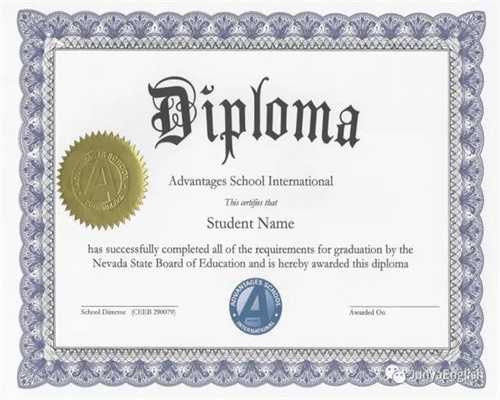口译中怎样练好发声?
口语训练可以通过朗读、演讲和绕口令来进行,下面上海臻云人工翻译公司给大家分享口译中怎样练好发声?
Oral training can be carried out through reading, speaking and tongue twisters. Now let's share with you how to practice speaking in interpretation?
1、运用声音
1. Using sound
译员表达时首先要吐字清晰、发音标准。译员对于听众而言就是一个发言者,要让听众听得清楚、便于理解。语音训练可以通过朗读、演讲和绕口令来进行。译员要及时发现自己的发音含糊、吐字不清等问题并作针对性的纠正。
The interpreter should enunciate clearly and pronounce standard first. An interpreter is a speaker to the audience. He should make the audience hear clearly and understand easily. Voice training can be carried out by reading, speaking and tongue twisters. The translator should find out his / her pronunciation is ambiguous and his / her pronunciation is not clear in time and make targeted correction.
译员声音还要洪亮,要学会用丹田发音,而不是用喉音。音质尽量柔和悦耳。译员保持足够的音量和合适的音质,既是自信的表现,又有利于克服紧张情绪。
The interpreter's voice should be loud, and he should learn to use Dantian pronunciation instead of guttural sound. The sound quality should be as soft and pleasant as possible. Maintaining adequate volume and sound quality is not only a sign of self-confidence, but also a way to overcome tension.
声音训练可以通过大量的朗读练习来进行。另一种练习形式是就同一份讲话材料,以快速、慢速和快慢交替的速度分别演讲。这种练习主要是针对口译中发言者有时候会突然改变说话的速度,例如受时间的限制要提前结束发言等情况,译员也能做出相应的调整。译员练习时要做到音质音量始终如一,不能让听众感觉到太突兀的变化,即使速度变化也要保持声音平稳悦耳。
Voice training can be carried out through a large number of reading exercises. Another form of practice is to give speeches on the same speech materials at the speed of fast, slow and fast-slow alternation. This kind of practice is mainly aimed at the situation that speakers sometimes suddenly change their speaking speed, for example, they have to finish speaking in advance due to time constraints, and the interpreter can also make corresponding adjustments. When practicing, the interpreter should keep the sound quality and volume consistent, and not let the audience feel too abrupt changes. Even if the speed changes, the interpreter should keep the sound smooth and pleasant.









